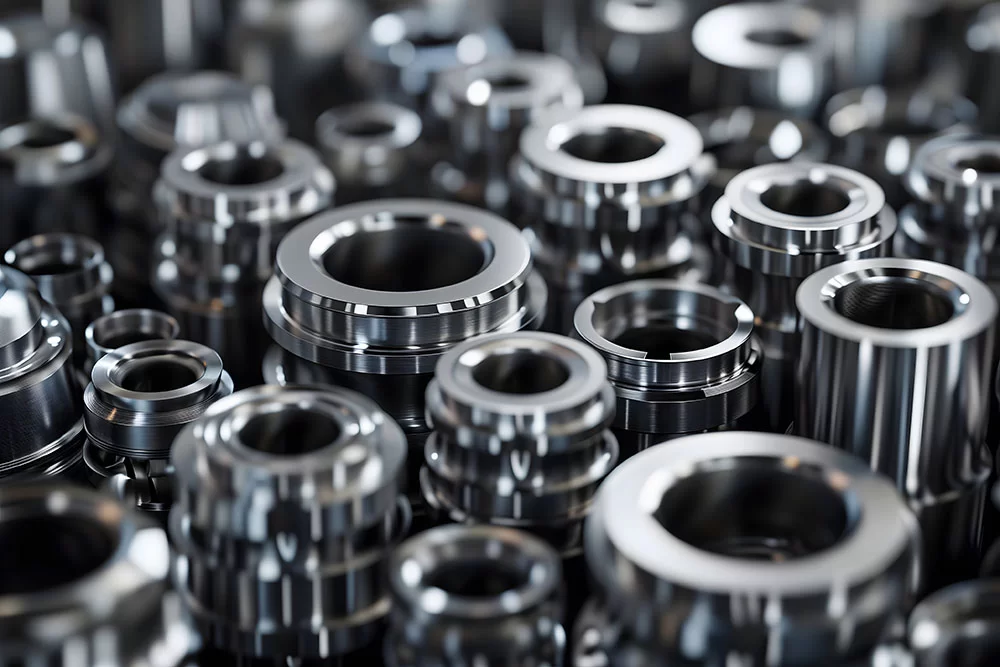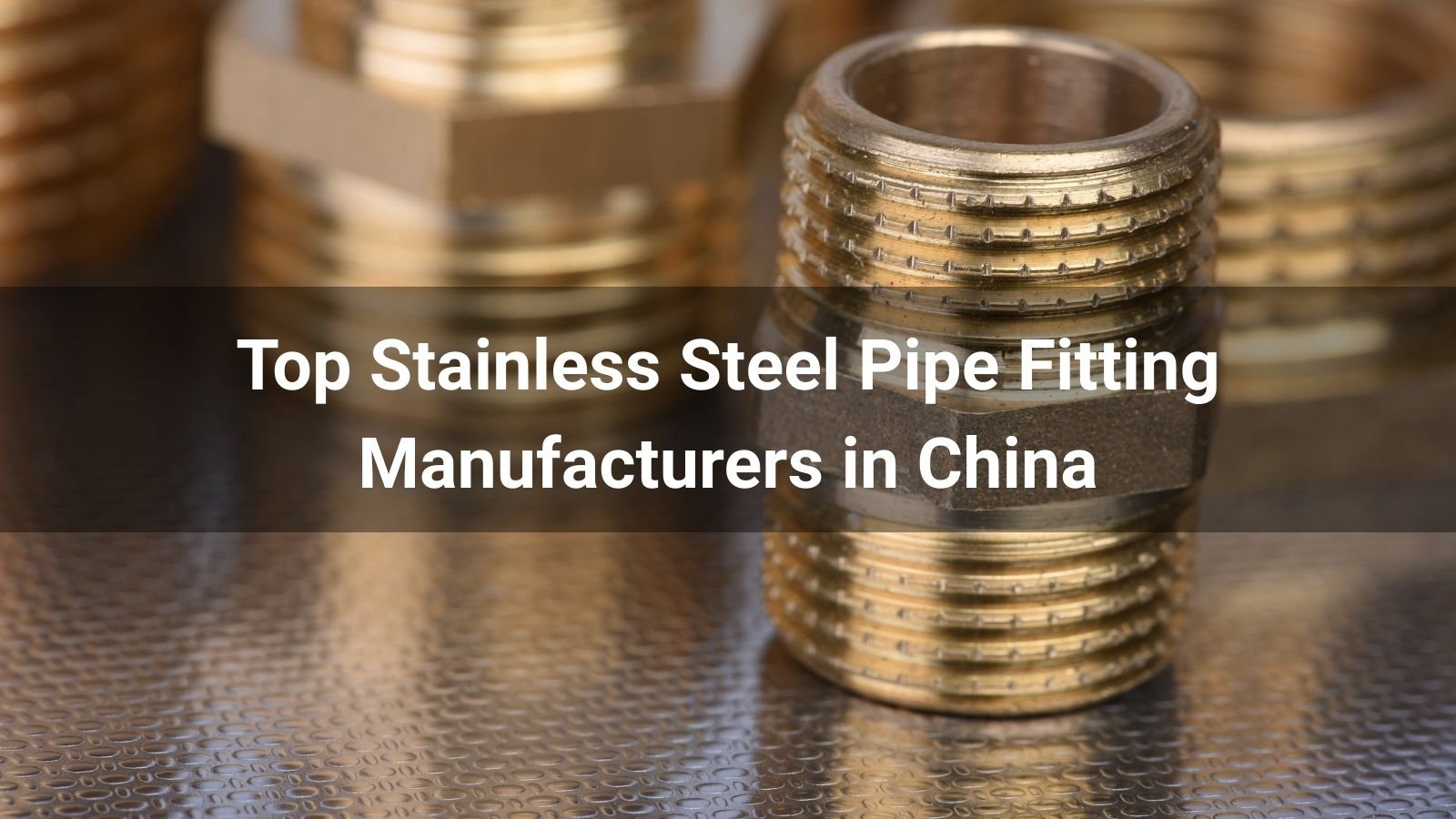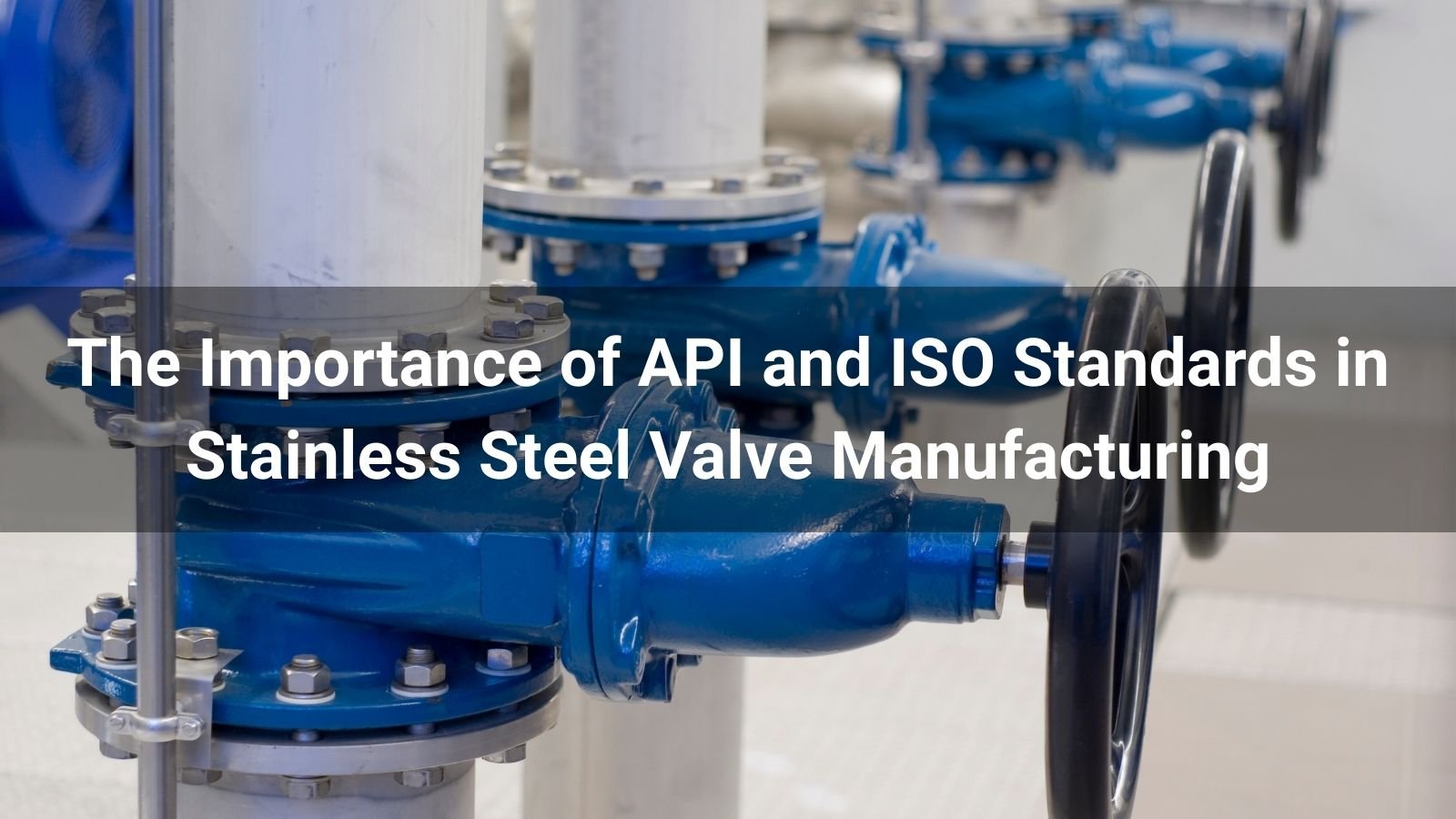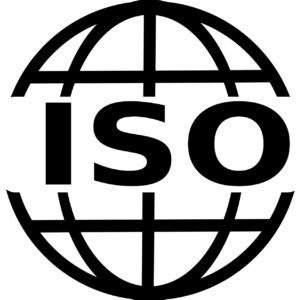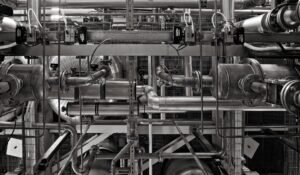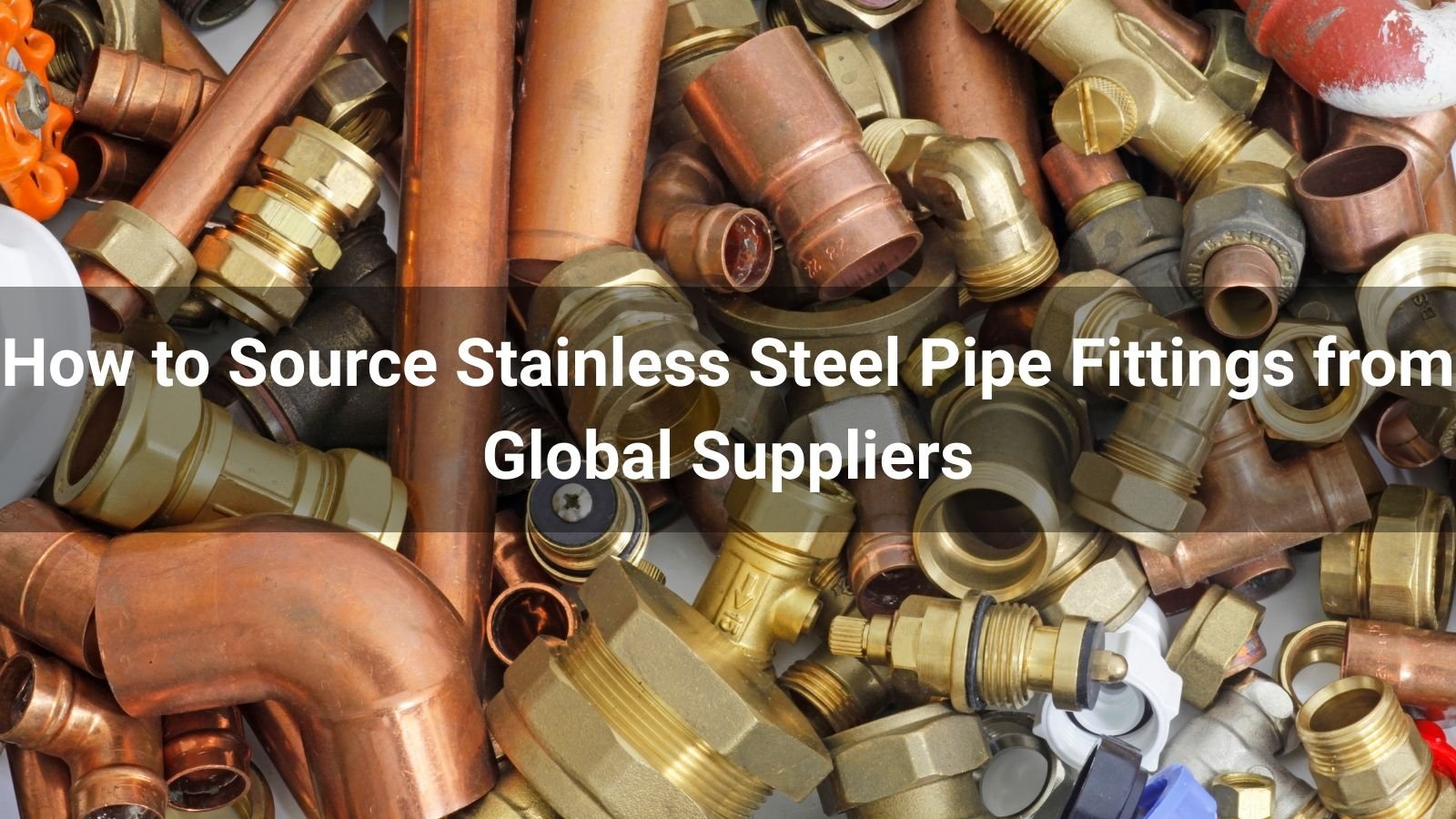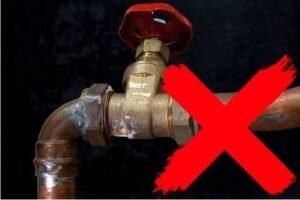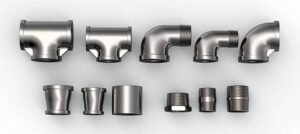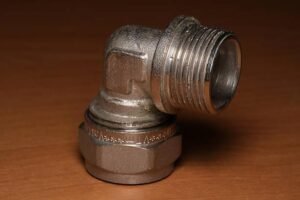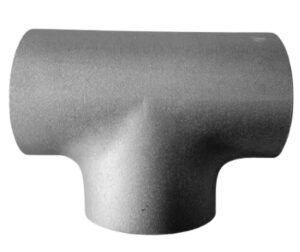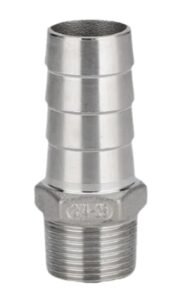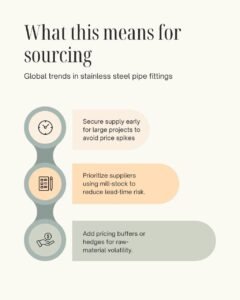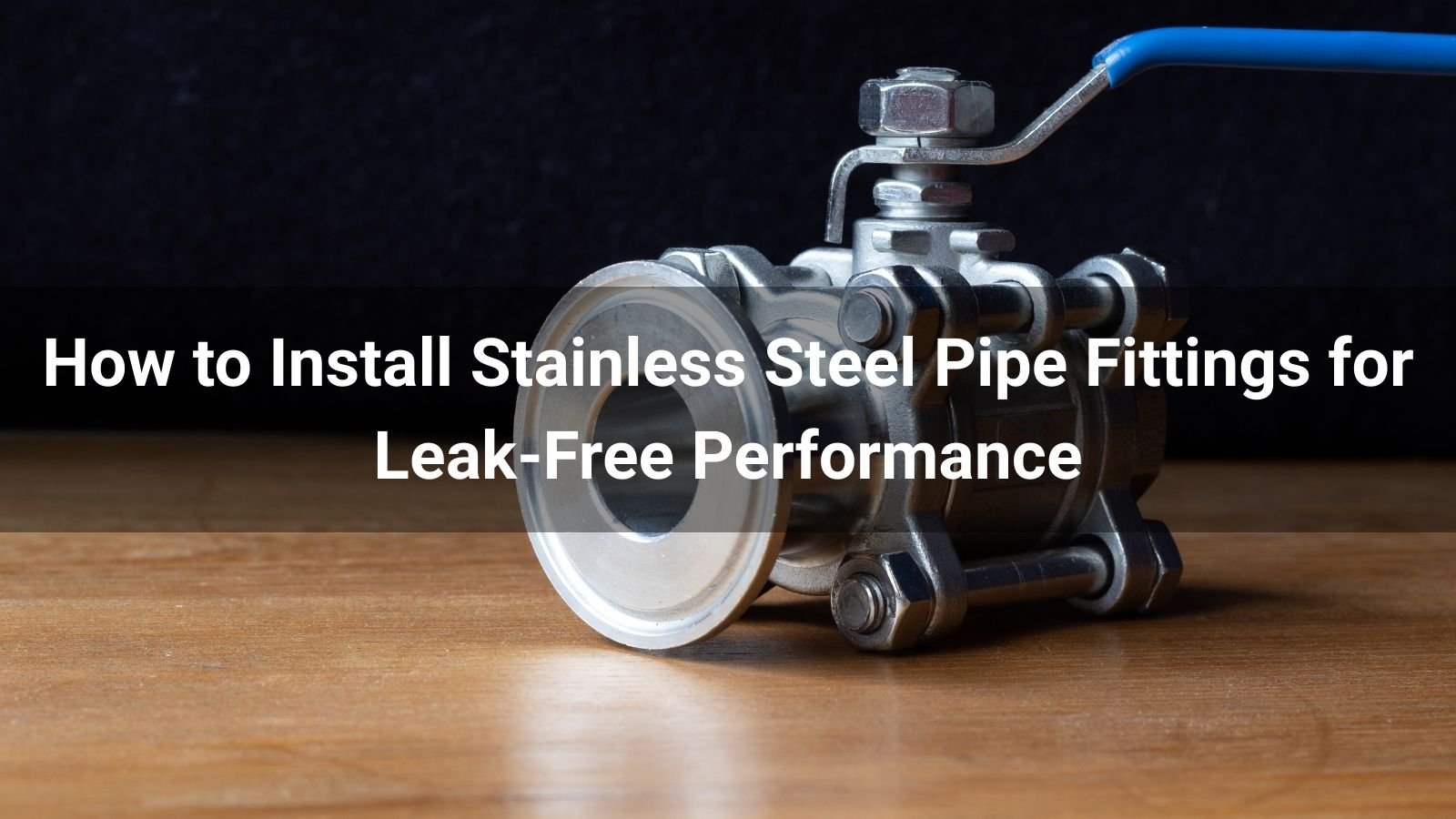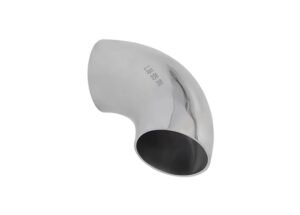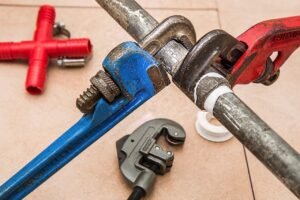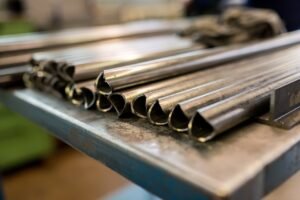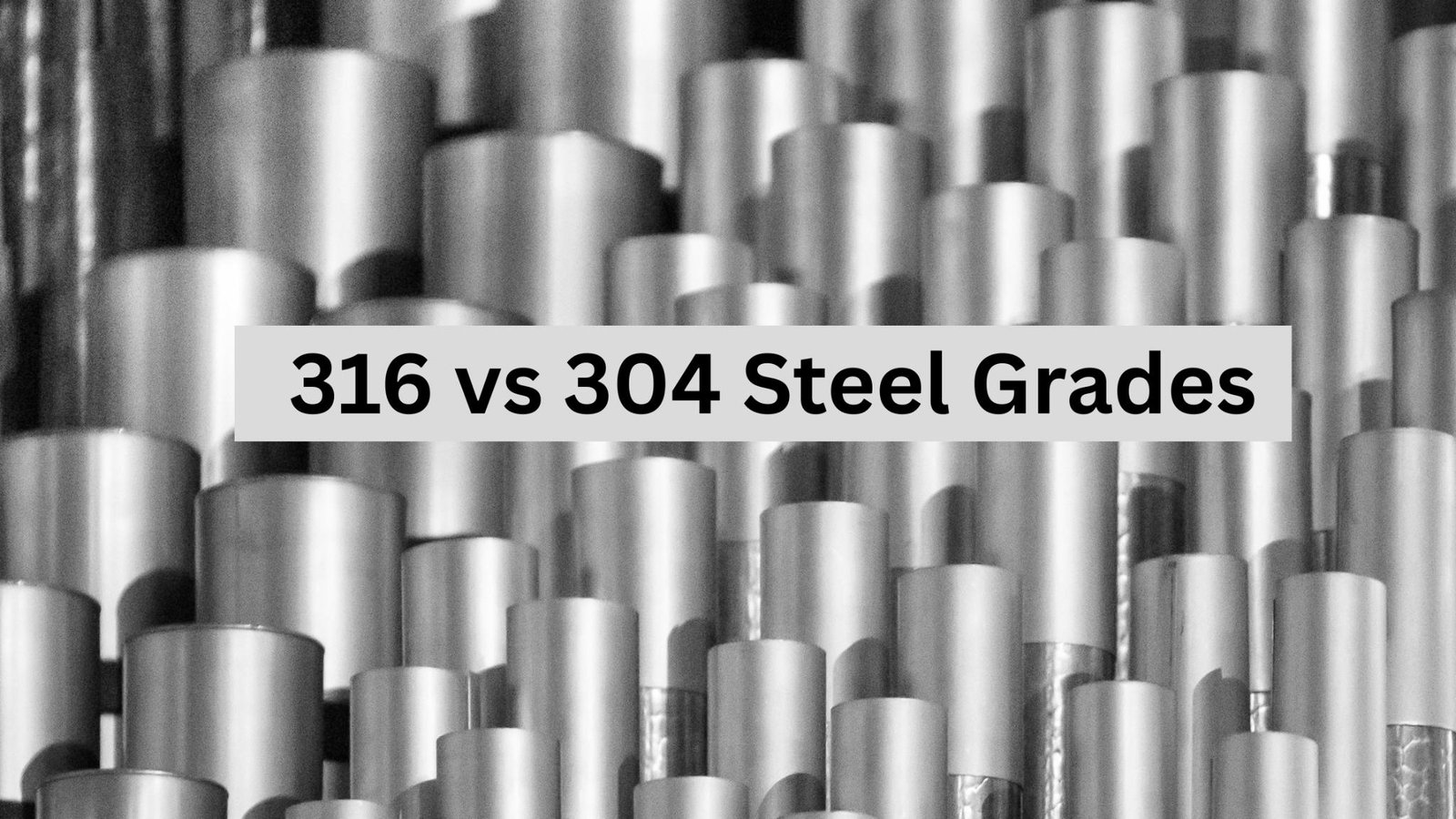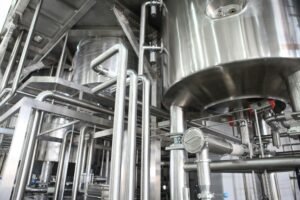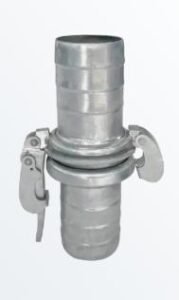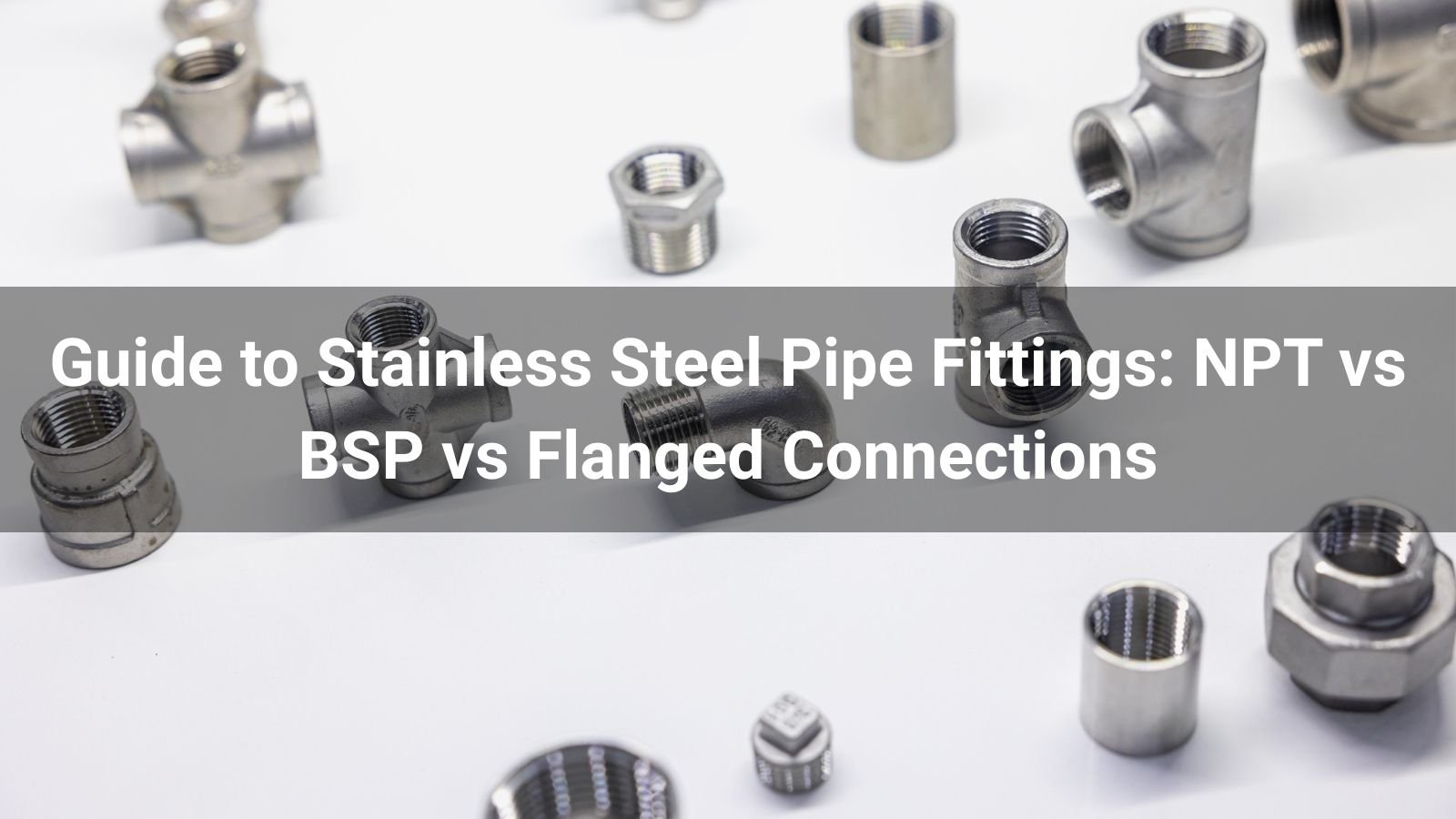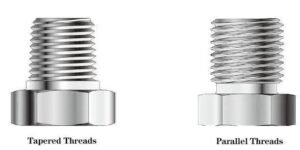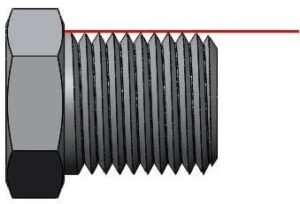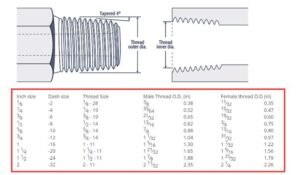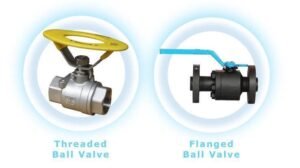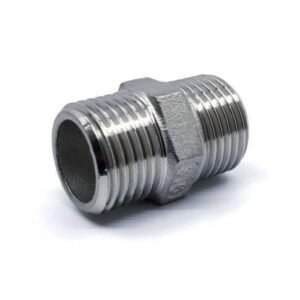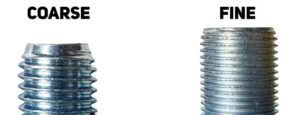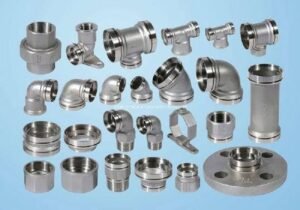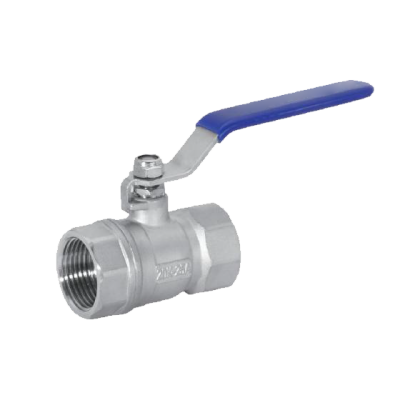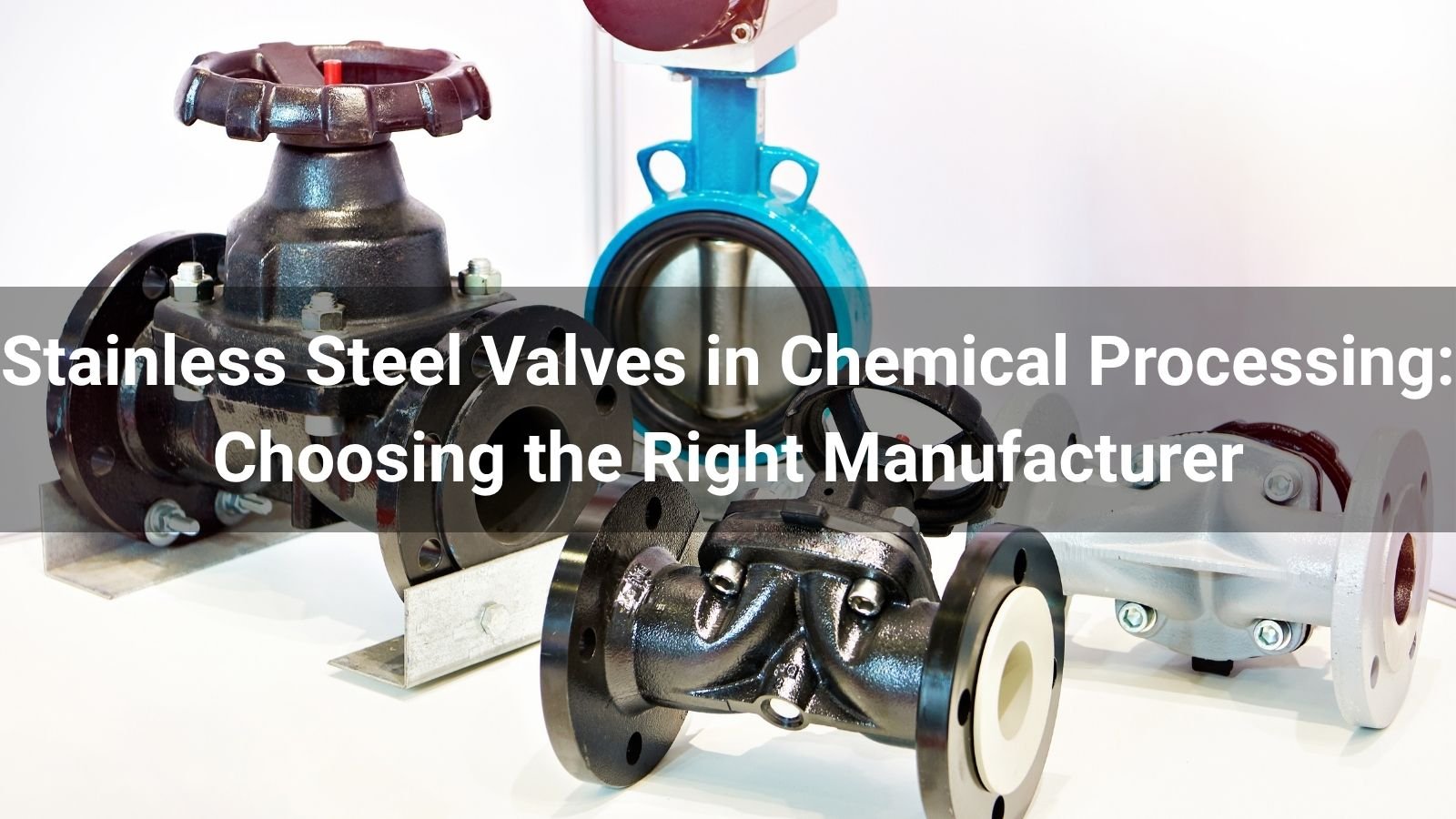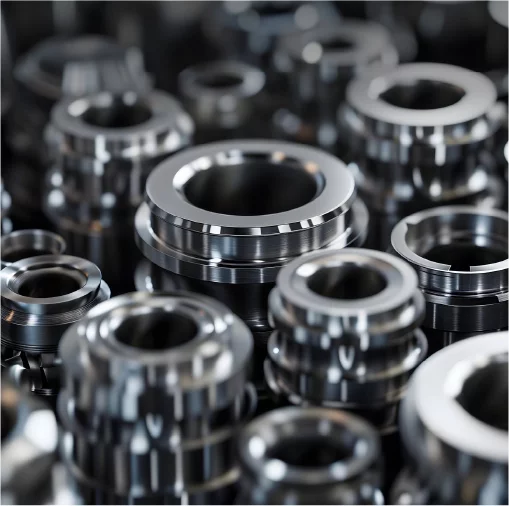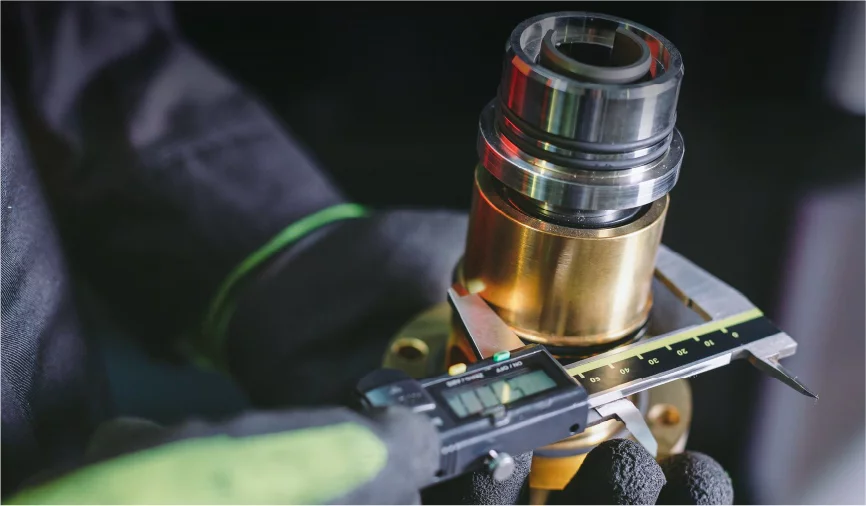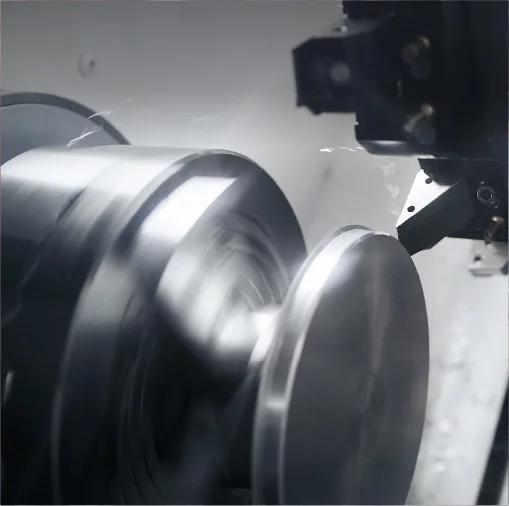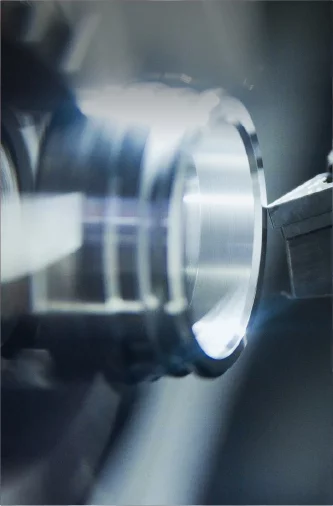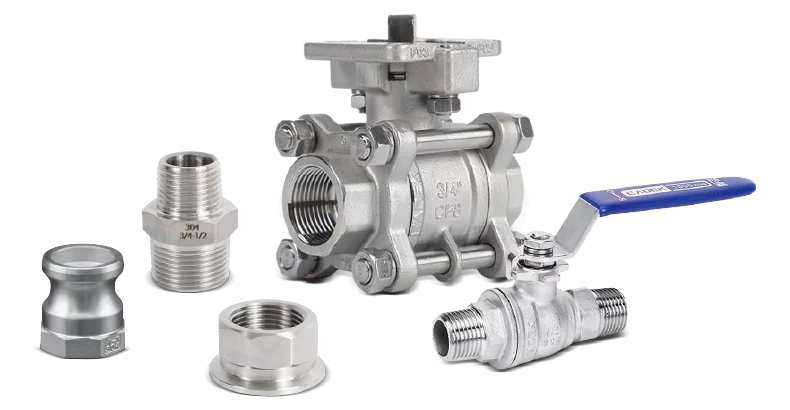Introduction
The stainless steel pipe fitting industry is a cornerstone of modern infrastructure, spanning oil and gas, petrochemicals, food processing, pharmaceuticals, water treatment, and even hydrogen energy applications. Pipe fittings such as elbows, tees, reducers, and flanges are essential for connecting and securing piping systems, ensuring both safety and efficiency in industrial operations.
In 2025, China remains one of the most influential hubs for stainless steel pipe fittings worldwide. With its robust supply chain, advanced manufacturing capabilities, and increasingly strict adherence to international standards, Chinese manufacturers have earned a strong global reputation. Companies range from integrated giants like Tsingshan Holding Group—which secures raw material supplies—to specialized fitting manufacturers such as Octal Pipe Fittings or Hikelok, serving high-purity industries.
This article identifies the Top 10 Stainless Steel Pipe Fitting Manufacturers in China for 2025, based on a combination of production capacity, product quality, certification standards, innovation, and market impact. Each profile highlights company background, product range, competitive strengths, and recent achievements to help global buyers make informed decisions.
Evaluation Criteria
The ranking is not arbitrary but based on a balanced review of the following factors:
-
Production scale and capacity – annual output and supply reliability
-
Certifications and compliance – ISO, ASME, PED, CE, and other international standards
-
Product range and specialization – diversity of fittings, materials (304, 316, duplex, super austenitic), and industries served
-
Innovation and sustainability – digitalization, ESG strategies, and green manufacturing initiatives
-
Global presence and partnerships – exports, overseas warehouses, and long-term customer relationships
Top 10 Stainless Steel Pipe Fitting Manufacturers in China
1. PROCAMLOCK
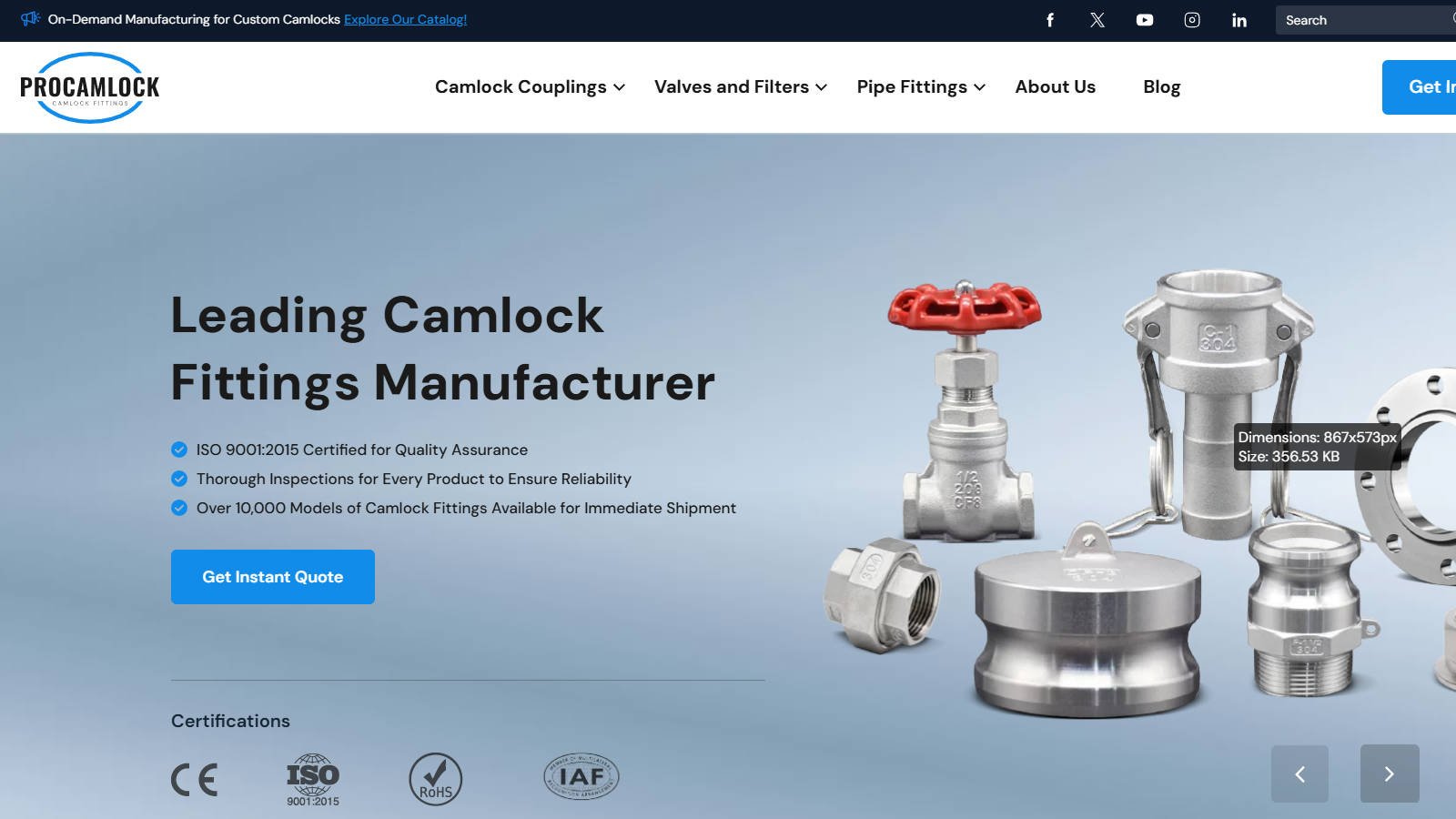
Company Profile
PROCAMLOCK is a distinguished manufacturer and supplier specializing in Camlock couplings and pipe fittings, including stainless steel pipe fittings, positioned to serve clients with high standards for durability, precision, and industry compliance. Though not exclusively dedicated to traditional industrial pipe fittings, PROCAMLOCK has leveraged its expertise in coupling technology to provide tailored solutions across the oil and gas, chemical, agricultural, sanitation, and fluid handling sectors
PROCAMLOCK offers a comprehensive catalog of Cam & Groove couplings—commonly known as Camlock fittings—and a variety of pipe fittings. Their product line spans multiple material types such as stainless steel, aluminum, brass, PVC, and polypropylene ProCamLock. This material diversity positions PROCAMLOCK as a versatile provider alongside traditional stainless steel pipe fitting manufacturers, who often specialize in high-grade alloys for demanding industrial use cases.
Product Range
-
Camlock Couplings – Aluminum, Stainless Steel, Brass, Polypropylene
-
Pipe Fittings – Brass Pipe Fittings, PVC Pipe Fittings, Metal Pipe Fittings (including Stainless Steel)
-
Valves – Industrial Valves, Sanitary Valves
-
Filters – Designed for fluid and gas transfer systems
Strengths
-
Material Versatility – Wide range including stainless steel, brass, aluminum, and PVC
-
Customization – Tailored sizes, tolerances, and materials for specific applications
-
Global Certifications – ISO 9001, ISO 14001, CE, and RoHS compliant
-
Ease of Use – Leak-proof, quick-connect designs requiring no extra sealants
-
Customer Support – 24/7 technical service and responsive after-sales assistance
2. Octal Pipe Fittings (Anyang, Henan)
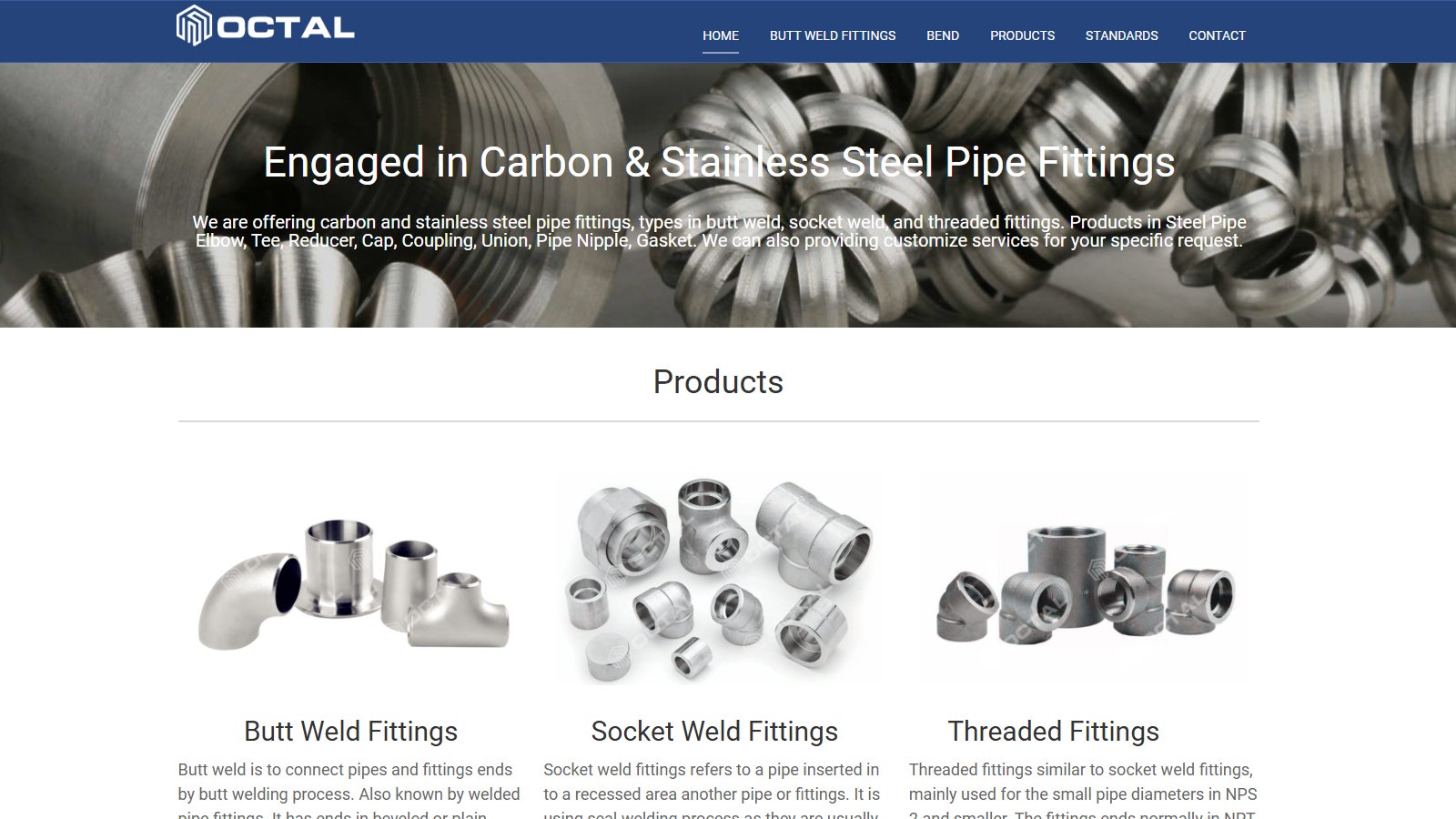
Company Profile
Founded in 2010, Octal Pipe Fittings quickly established itself as a specialized manufacturer of socket-weld and butt-weld fittings. With ISO 9001:2015 certification and strict quality assurance, the company serves critical industries where performance and safety are non-negotiable.
Product Range
-
Socket-weld elbows, tees, reducers
-
Butt-weld pipe fittings
-
Forged fittings and customized engineered parts
Strengths
-
Niche expertise in socket-weld fittings, ensuring precise manufacturing and long service life.
-
Strong reputation in oil, chemical, and power generation industries.
-
Export experience with clients in the Middle East, Europe, and North America.
3. KCM Special Steel Co., Ltd. (Wenzhou, Zhejiang)
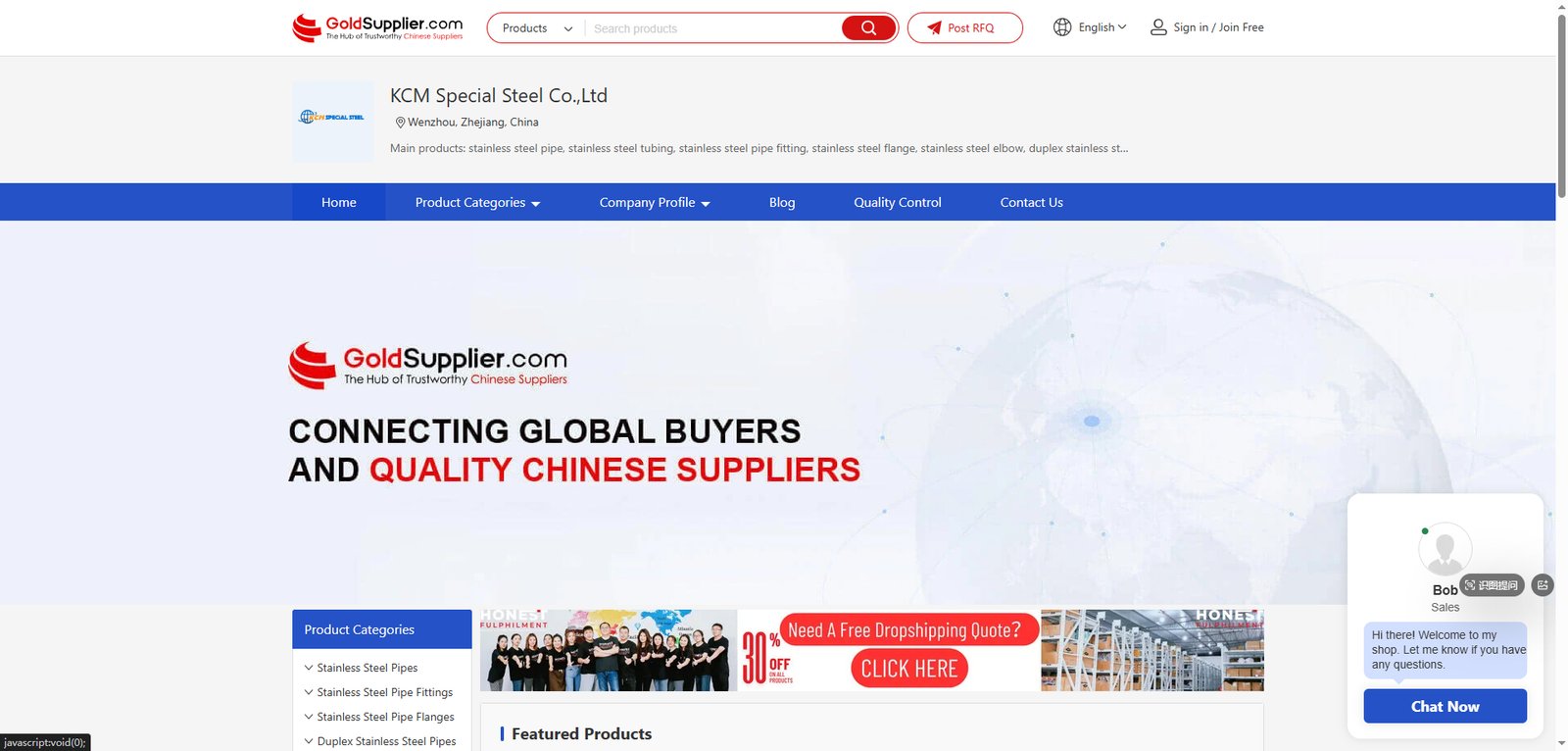
Company Profile
Located in Wenzhou—China’s hub for stainless steel products—KCM Special Steel specializes in a diverse range of pipe fittings and flanges. With decades of local supply chain advantages, the company has built strong global export channels.
Product Range
-
Seamless and welded stainless steel pipe fittings
-
Flanges: slip-on, weld neck, blind, socket-weld, and lap joint
-
Special alloys including duplex and super duplex stainless steel
Strengths
-
Wide material coverage, offering both standard grades (304, 316) and specialty alloys.
-
Ability to handle both small batch custom orders and mass production.
-
Strategic location in Wenzhou ensures supply chain efficiency.
4. Guangzhou Mayer Corp., Ltd.

Company Profile
Founded in 1995, Guangzhou Mayer is one of southern China’s largest stainless steel manufacturers. The company has strong financial backing and modernized facilities, with an annual output value surpassing USD 315 million.
Product Range
-
Stainless steel press fittings
-
Seamless and welded stainless steel pipes
-
Industrial and sanitary fittings for water, gas, and HVAC systems
Strengths
-
Advanced automated production lines ensuring high throughput and consistency.
-
Strict in-house testing procedures, covering tensile strength, hydrostatic pressure, and leak detection.
-
Strong focus on building materials, particularly in municipal water and gas infrastructure.
5. S&S Stainless International

Company Profile
S&S Stainless International is a subsidiary of YES Stainless International, focusing exclusively on precision pipe fittings. It adheres to ASME B16 series standards and caters to clients requiring high compliance and reliability.
Product Range
-
ASME-standard butt-weld fittings
-
Flanges, couplings, reducers, and custom-engineered fittings
-
Special fittings for petrochemical and energy industries
Strengths
-
Exclusive focus on internationally standardized fittings.
-
Highly skilled workforce with strict quality monitoring.
-
Seamless integration with YES Stainless for raw material stability.
6. Hebei Sanvo
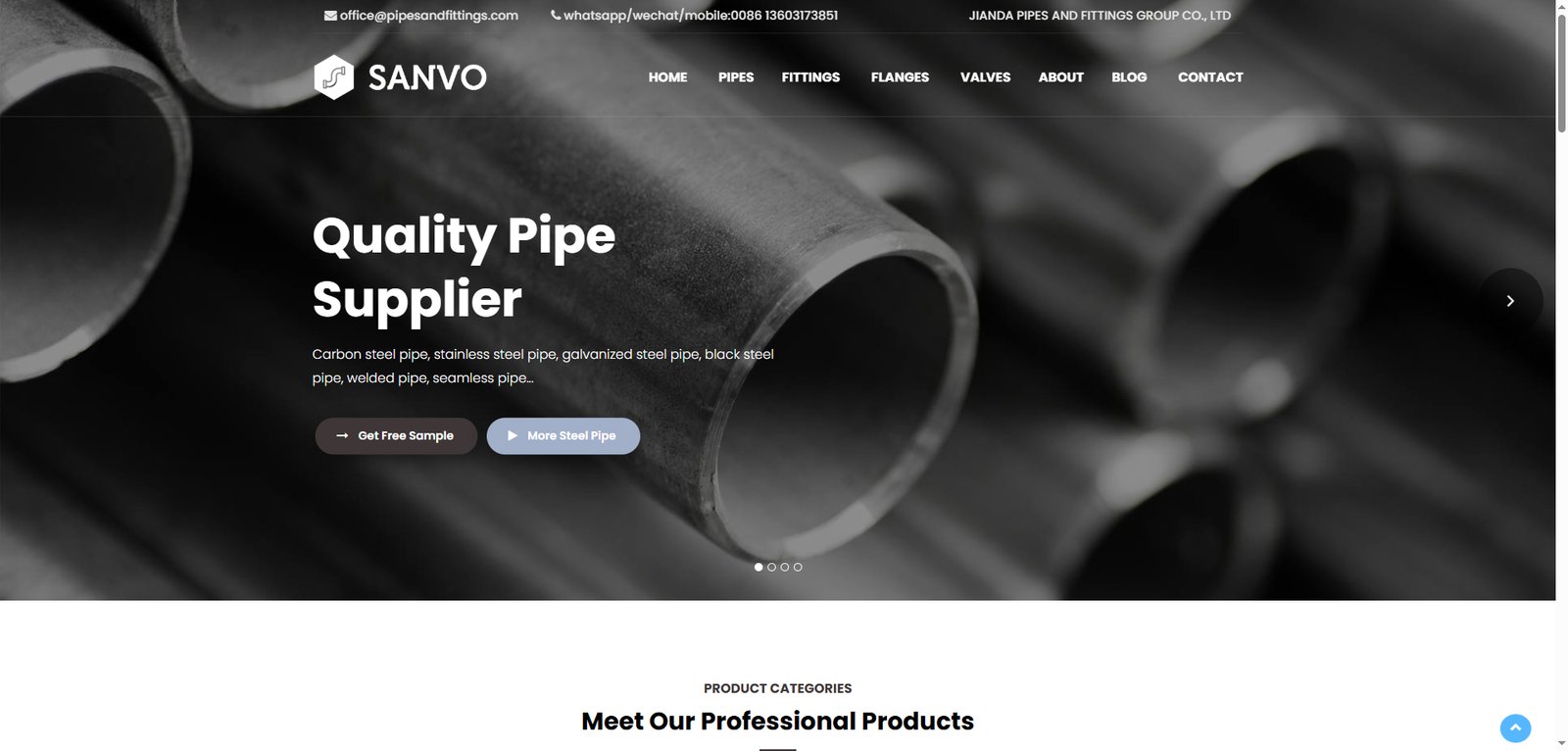
Company Profile
Hebei Sanvo is known for its high-quality threaded stainless steel pipe fittings. Its portfolio covers both industrial-grade and residential-grade components, making it a versatile choice for contractors.
Product Range
-
Threaded elbows, tees, couplings, plugs, and caps
-
304 and 316 stainless steel grades
-
Pipe fittings for plumbing, fire protection, and light industrial use
Strengths
-
Strong expertise in precision threading, ensuring leak-proof joints.
-
Large inventory with short lead times for domestic and international buyers.
-
Affordable pricing without compromising quality.
7. Hikelok
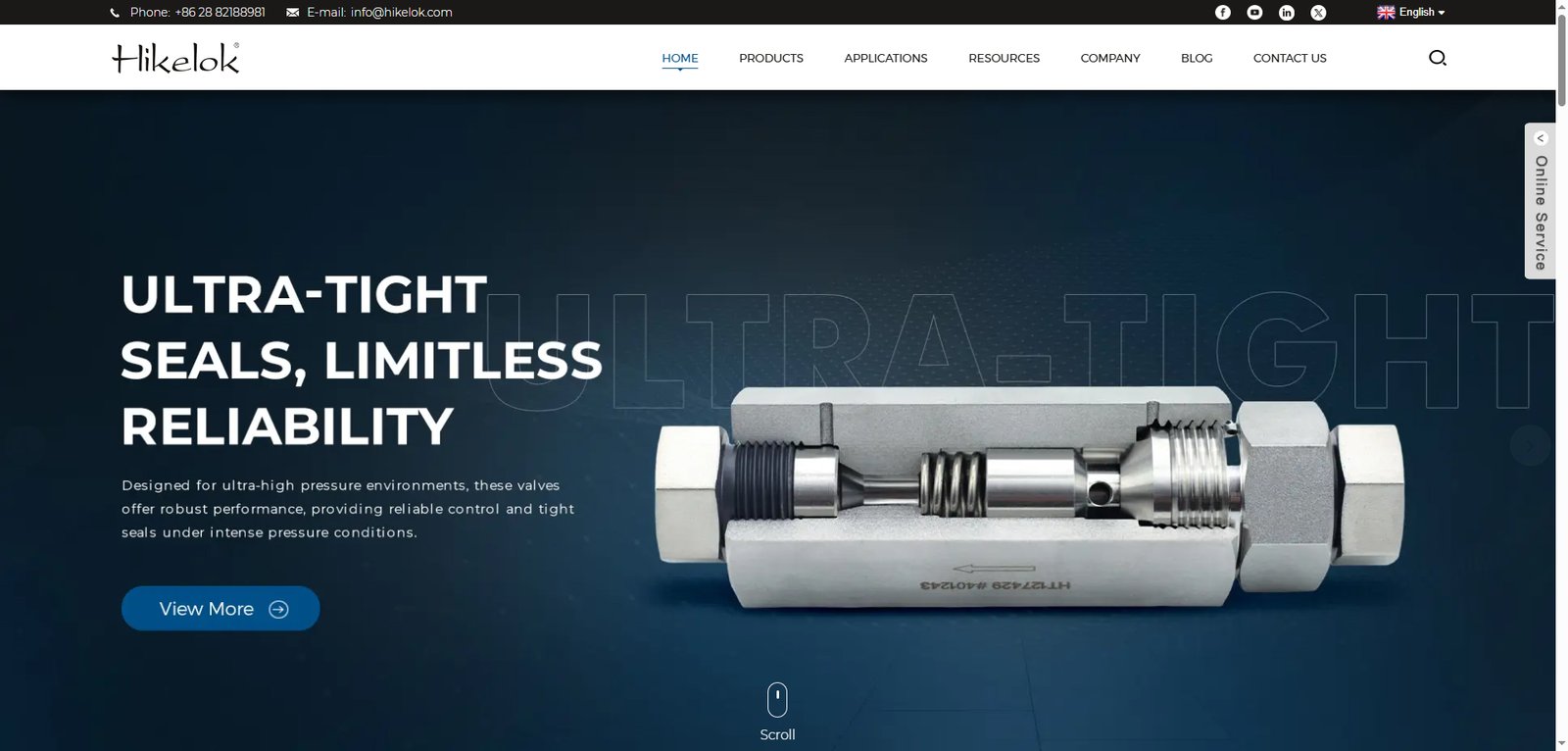
Company Profile
Hikelok is a specialized manufacturer serving industries with the highest demands for purity and reliability, including food & beverage, pharmaceuticals, and hydrogen energy.
Product Range
-
High-purity stainless steel fittings
-
Instrumentation fittings and valves
-
Special fittings for hydrogen pipelines and cleanroom systems
Strengths
-
Focus on ultra-clean and hygienic fittings with electropolished surfaces.
-
Investment in digital manufacturing and smart factories.
-
Ability to serve next-generation industries like hydrogen energy and biotech.
8. Xinyue Steel Group (Tianjin)
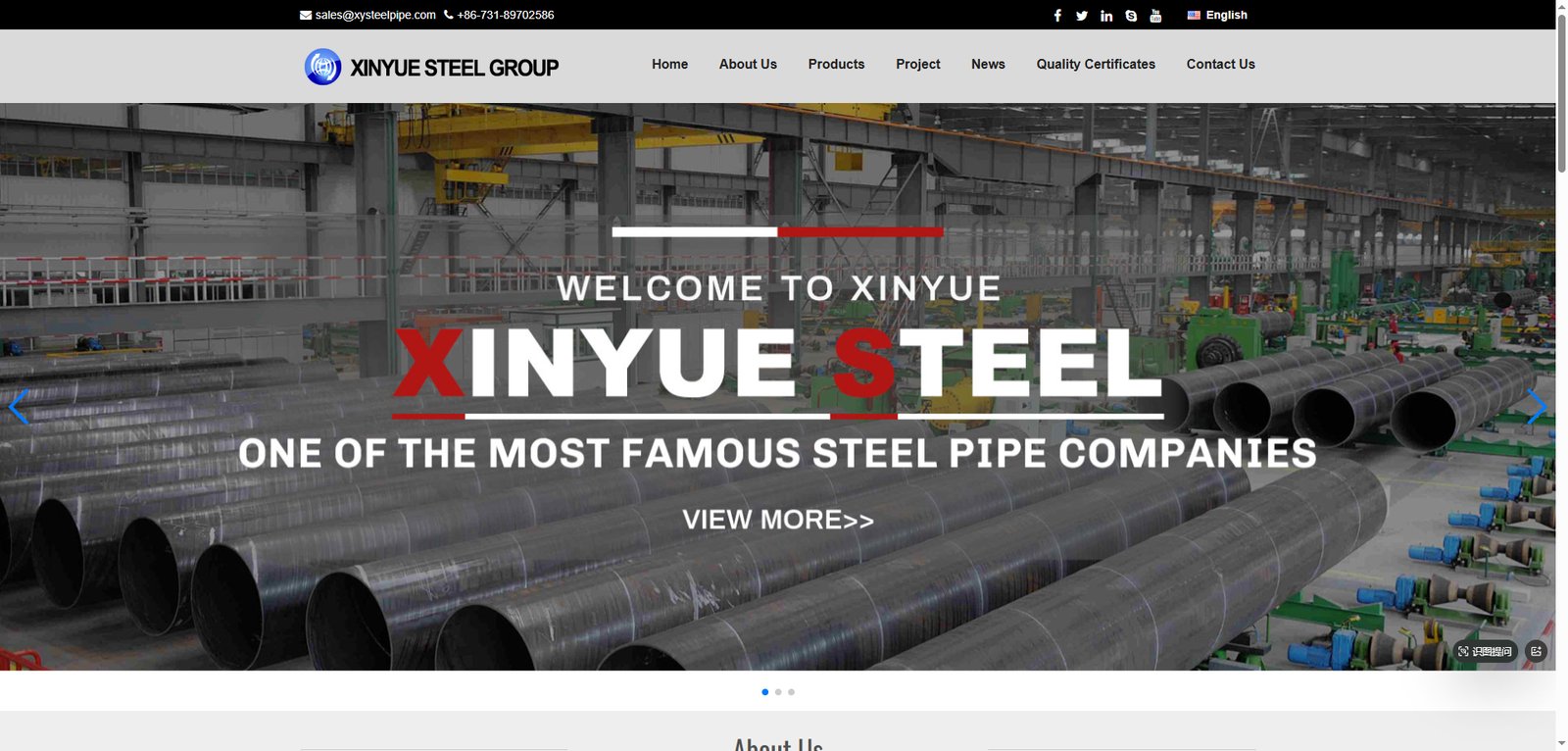
Company Profile
Xinyue Steel Group, based in Tianjin, is one of China’s largest steel product suppliers, with stainless steel pipe fittings as part of its diverse portfolio. Its monthly output exceeds 10,000 tons.
Product Range
-
Stainless steel flanges, elbows, reducers
-
Carbon steel and alloy steel fittings
-
Custom engineering solutions for pipelines
Strengths
-
Massive production capacity ensuring timely delivery of large orders.
-
Strong international market presence, particularly in Europe and the Middle East.
-
Dedication to green manufacturing, reducing energy consumption by 25% over the past five years.
9. Tsingshan Holding Group
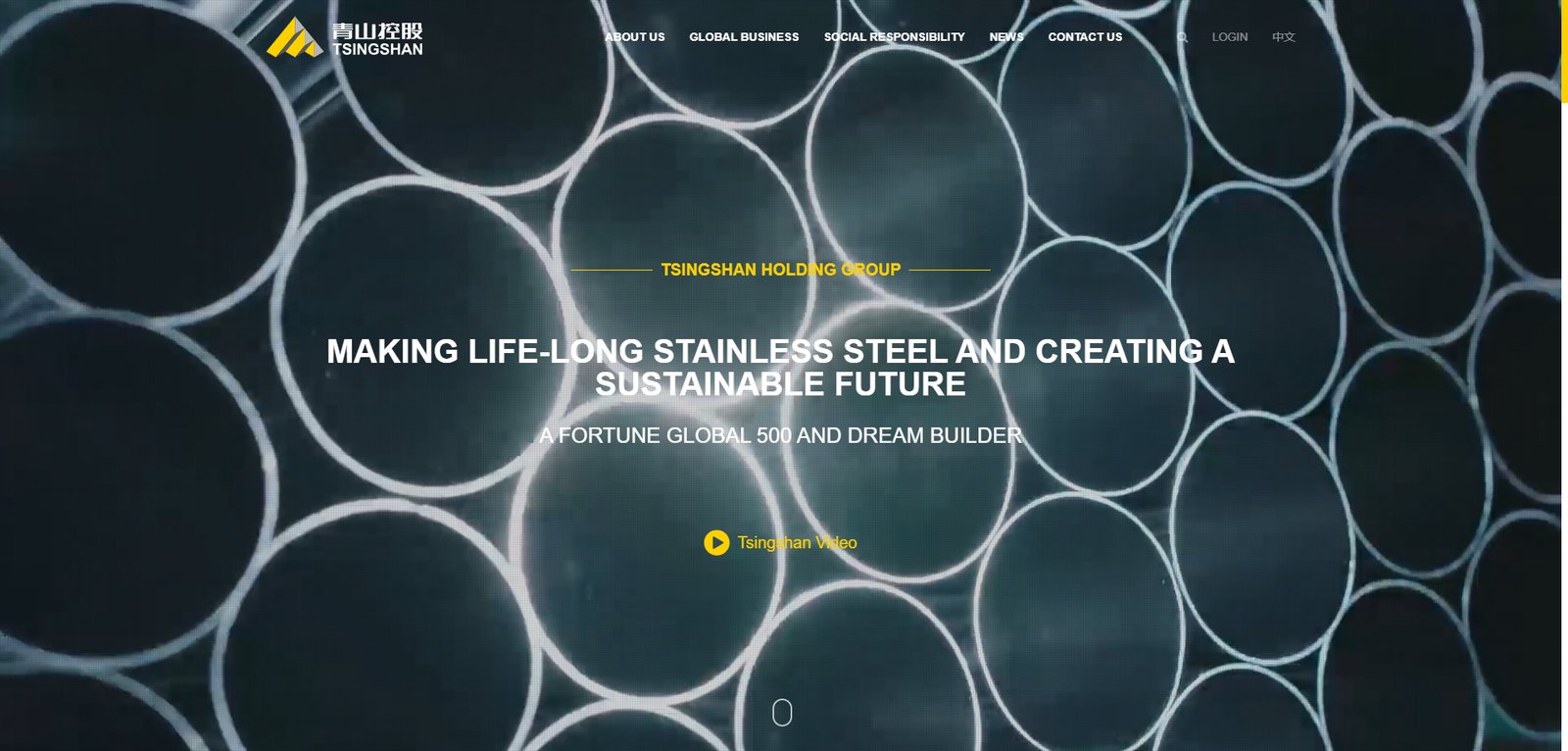
Company Profile
Tsingshan Holding Group is not just a pipe fitting producer—it is the world’s largest stainless steel manufacturer. By controlling nickel and chromium resources and owning integrated production facilities, Tsingshan ensures raw material stability for downstream pipe fitting manufacturers.
Product Range
-
Stainless steel billets, coils, and pipes
-
Fittings and semi-finished products for downstream use
-
Specialty stainless steel alloys
Strengths
-
Vertical integration ensures raw material security.
-
Global presence with factories in Indonesia, India, and Africa.
-
Ability to stabilize pricing for clients during volatile commodity cycles.
10. Tianjin Pipe Corporation (TPCO)
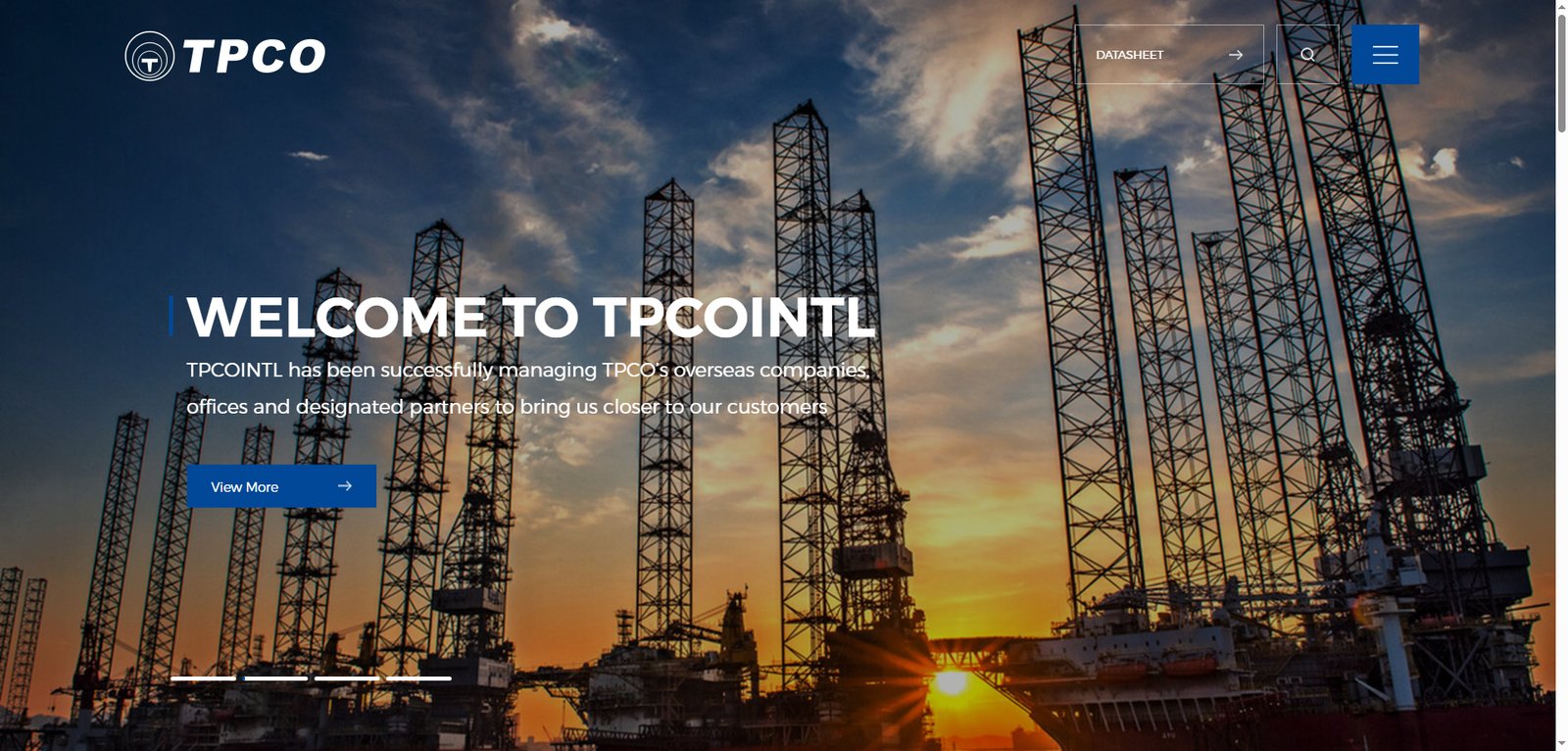
Company Profile
Tianjin Pipe Corporation (TPCO) is China’s largest seamless steel pipe manufacturer and one of the biggest globally. While its primary focus is on seamless pipes, its extensive product line includes pipe fittings and accessories, supporting industries such as oil and gas, construction, and power.
Product Range
-
Seamless stainless steel and alloy pipes
-
Associated fittings including elbows and connectors
-
Custom-engineered pipe systems
Strengths
-
World-class research and testing facilities.
-
Significant role in supplying pipes and fittings for oil & gas exploration projects.
-
Trusted by both domestic and international EPC contractors.
Recent Highlights
In 2025, TPCO announced partnerships with global energy companies to supply stainless steel solutions for offshore and subsea pipeline projects.
Industry Trends and Insights
-
Rising Demand for High-Purity Fittings
Industries like food processing, pharmaceuticals, and hydrogen energy increasingly require hygienic and electropolished fittings. Manufacturers such as Hikelok and Guangzhou Mayer are leading this trend. -
Sustainability as a Core Strategy
Companies like Xinyue and Tsingshan are adopting renewable energy and low-carbon steel initiatives, reflecting the global ESG push. -
System Integration and Engineering Services
Firms like YADA stand out by providing complete pipeline systems rather than individual fittings, offering added value to engineering projects. -
Digitalization and Supply Chain Transparency
S&S Stainless International’s QR-code-based traceability system and Hikelok’s digital monitoring platform are prime examples of how Chinese companies are adapting to Industry 4.0.
Buyer’s Guide: Choosing the Right Manufacturer
When selecting a stainless steel pipe fitting manufacturer in China, consider:
-
Application needs: For large-scale EPC projects, choose integrated players like YADA or TPCO. For high-purity environments, opt for Hikelok or Mayer.
-
Certifications: Always verify ISO, ASME, and PED certifications before placing bulk orders.
-
Sustainability goals: Partner with companies aligning with ESG standards, such as Xinyue or Tsingshan.
-
Lead time and logistics: Hebei Sanvo and KCM are suitable for fast delivery and small-batch customization.
Conclusion
China’s stainless steel pipe fitting manufacturers have evolved into global leaders by combining scale, quality, and innovation. From raw material giants like Tsingshan to niche specialists like Hikelok, each of the ten companies featured here plays a vital role in shaping the global piping industry.
As 2025 unfolds, international buyers can expect greater emphasis on sustainability, digitalization, and application-specific solutions, ensuring that Chinese manufacturers remain indispensable in the global supply chain.

